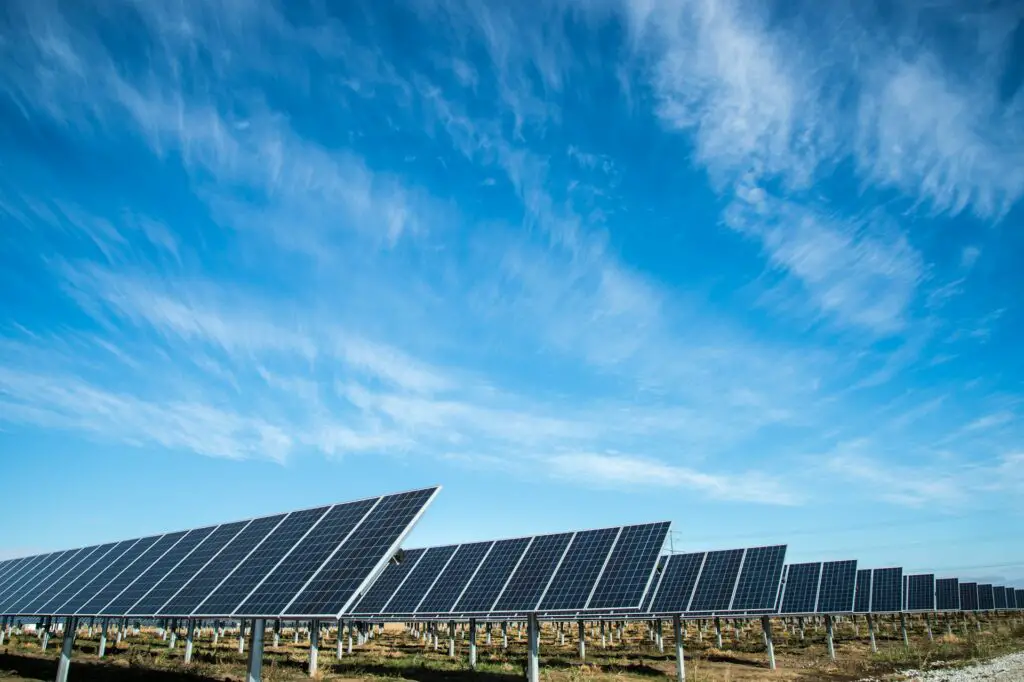The quest for independence from traditional power sources and transitioning to environmentally friendly energy options has led many people to consider off-grid solar systems. These systems provide the opportunity to harness the power of the sun and generate electricity without relying on the grid, enabling a sustainable and self-sufficient lifestyle. Off-grid solar setups can be particularly valuable for those living in remote locations where grid connections are inaccessible or unreliable. As interest in off-grid solar power continues to rise, understanding the system components and how to choose the right ones becomes vital to maximize the benefits of solar energy.
Off-grid solar systems, at their core, consist of three essential components: solar panels, batteries, and inverters. Selecting the ideal combination and quality of these components is essential to ensure the optimal performance and efficiency of the entire system. In this article, we will delve into the benefits of adopting off-grid solar power and guide you through the process of choosing the best solar panels, batteries, and inverters to suit your unique requirements.
1. Choosing the Right Solar Panels for Your Off-Grid System
Selecting the ideal solar panel type and size for your off-grid solar system is crucial, as it directly impacts the amount of energy generated. There are two primary types of solar panels: monocrystalline and polycrystalline.
Monocrystalline Solar Panels: These panels are composed of single-crystal silicon cells and offer higher efficiency, typically ranging from 18% to 22%. While monocrystalline panels come at a premium price, they are ideal for situations where maximum power generation is needed within a limited space.
Polycrystalline Solar Panels: Constructed using multiple silicon crystals, polycrystalline panels have slightly lower efficiency, ranging from 15% to 17%. They tend to be more cost-effective, making them a suitable option for users who have ample space for installation and budget constraints.
Consideration should also be given to the total power output required, available space, and potential shade issues when selecting the size and number of solar panels for your off-grid system.
2. Selecting Suitable Batteries for Your Off-Grid System
Batteries play a crucial role in off-grid solar systems, storing the generated power for later use. Choosing the right battery type and capacity is vital to ensure optimal energy storage and system performance.
Lead-Acid Batteries: Long-established in the solar industry, lead-acid batteries are a cost-effective option for energy storage. However, they require regular maintenance and typically have a shorter lifespan compared to other batteries.
Lithium-Ion Batteries: These batteries boast a higher energy density, longer lifespan, and lower self-discharge rate compared to lead-acid batteries. Despite their higher upfront cost, lithium-ion batteries often provide better long-term value due to their extended lifecycles and reduced maintenance needs.
Calculating your energy storage needs based on your daily power consumption and desired backup duration will help you determine the appropriate battery capacity for your off-grid solar system.
3. Picking the Perfect Inverter for Your Off-Grid System
Inverters are responsible for converting the direct current (DC) generated by solar panels into alternating current (AC) usable by most home appliances. Selecting a high-quality inverter that matches your system’s power requirements is essential for optimal performance.
Sine Wave Inverters: Pure sine wave inverters provide smooth, reliable power output comparable to the grid. They are ideal for sensitive electronic devices like laptops or medical equipment, as they avoid damaging voltage fluctuations.
Modified Sine Wave Inverters: Producing an approximation of a sine wave output, modified sine wave inverters are more affordable than their sine wave counterparts. However, they may cause certain appliances to run inefficiently or may not be suitable for specific sensitive devices.
Assessing your power requirements, the devices you plan to use, and your budget will guide you in choosing the right inverter for your off-grid solar system.
4. Additional Off-Grid Solar System Components
While solar panels, batteries, and inverters are the primary components of an off-grid solar system, other essential accessories can help ensure its optimal performance.
Charge Controllers: These devices regulate the voltage and current coming from solar panels to prevent batteries from overcharging, extending their life and improving efficiency.
Mounting Systems: A well-designed mounting system provides stability to your solar panels while maximizing their exposure to sunlight. Ground mounts, roof mounts, and pole mounts are the most common mounting options, and the choice depends on available space, sun exposure, and installation preferences.
Monitoring and Maintenance: To keep your off-grid solar system running at peak performance, regular monitoring and maintenance are required. Monitoring systems allow you to track your system’s energy production and consumption while routine maintenance and proper cleaning ensure optimal power generation.
Embrace Off-Grid Solar Living with Confidence
Off-grid solar systems offer the opportunity for energy independence, long-term financial benefits, and a greener lifestyle by harnessing the power of the sun. By carefully selecting the right solar panels, batteries, inverters, and additional components, you can build an efficient and reliable off-grid solar system tailored to your unique needs.
As you embark on your journey towards off-grid solar living, Sunvival Guide stands by your side, providing expert advice, detailed information, and valuable tips to ensure a seamless transition into a sustainable, solar-powered lifestyle. With knowledge and planning, embracing off-grid solar energy has never been more accessible. Take the first step today towards a brighter, eco-friendly future with the best solar power system.

